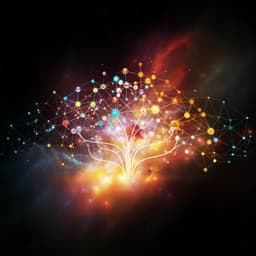
Biology
Unraveling the Neural Network: Identifying Temporal Labeling of Visual Events through EEG-Based Functional Connectivity Analysis of Brain Regions
S. Khoonbani and H. Ramezanian
This groundbreaking study, conducted by Sina Khoonbani and Hasan Ramezanian, delves into the brain's interconnectivity patterns related to time perception. Using EEG data, it uncovers fascinating insights into how predictability influences functional connectivity in different frequency bands, revealing the critical role of the right prefrontal cortex. Gain a deeper understanding of the neural mechanisms underpinning our perception of time.
~3 min • Beginner • English
Related Publications
Explore these studies to deepen your understanding of the subject.







